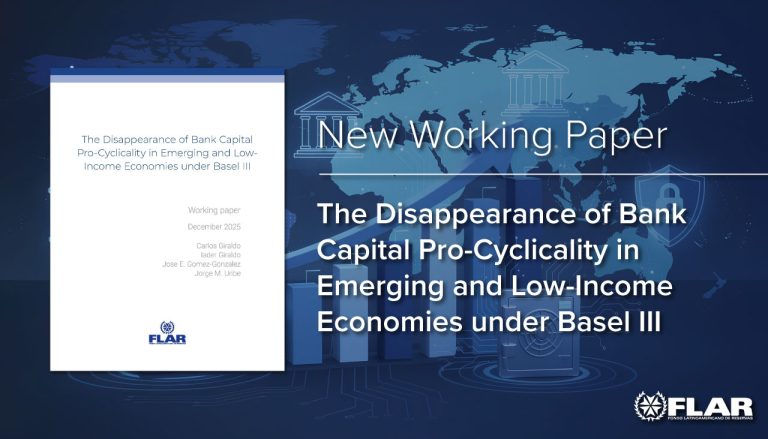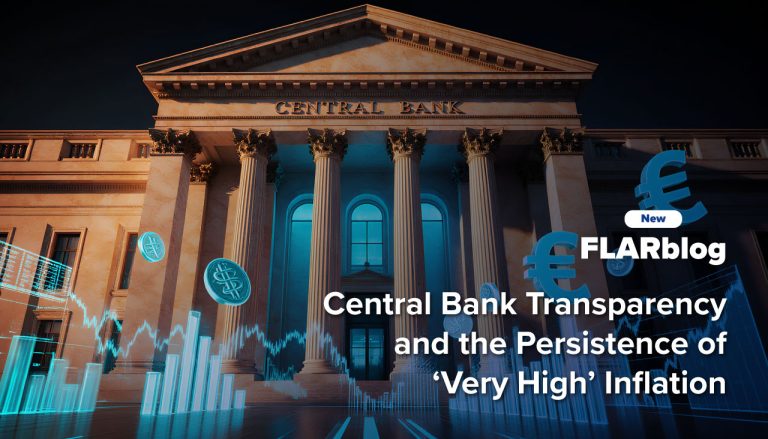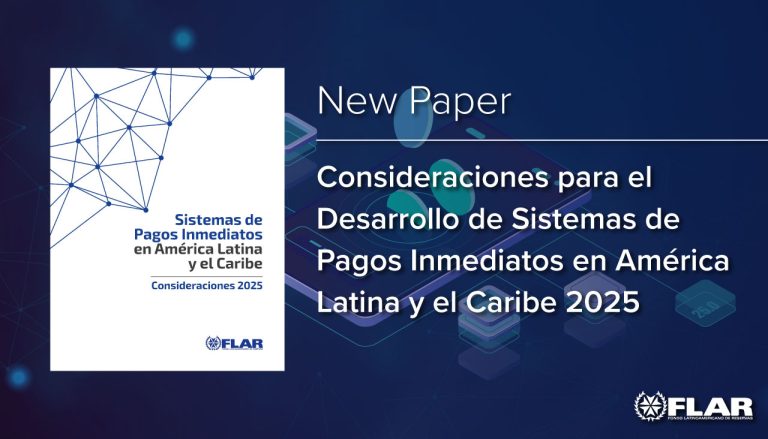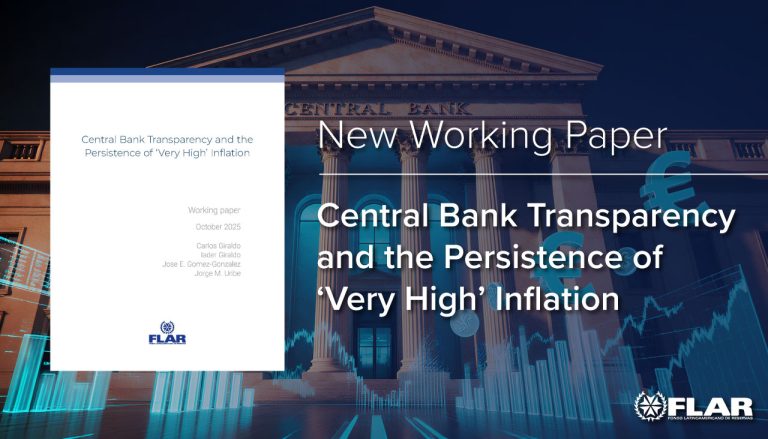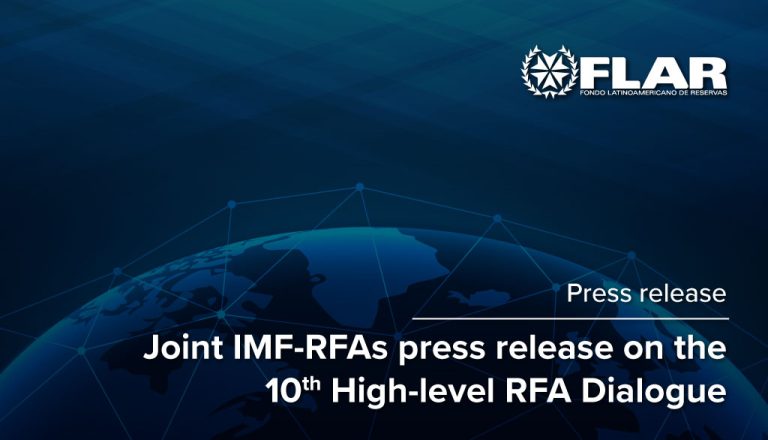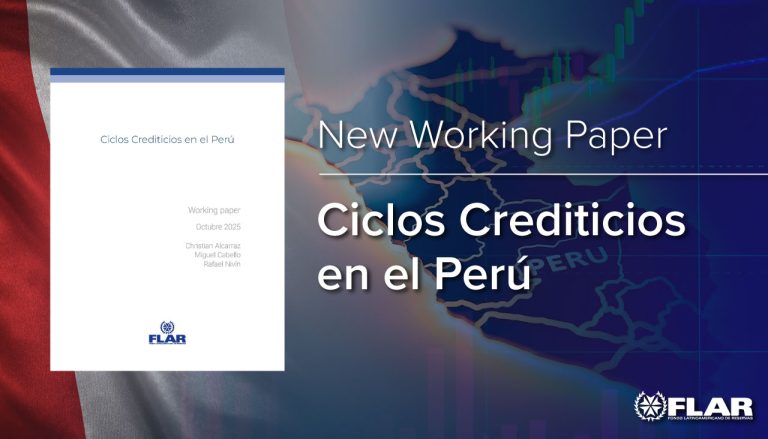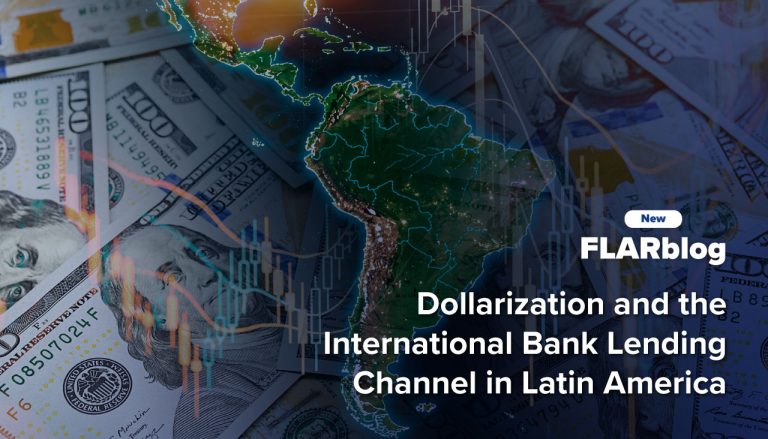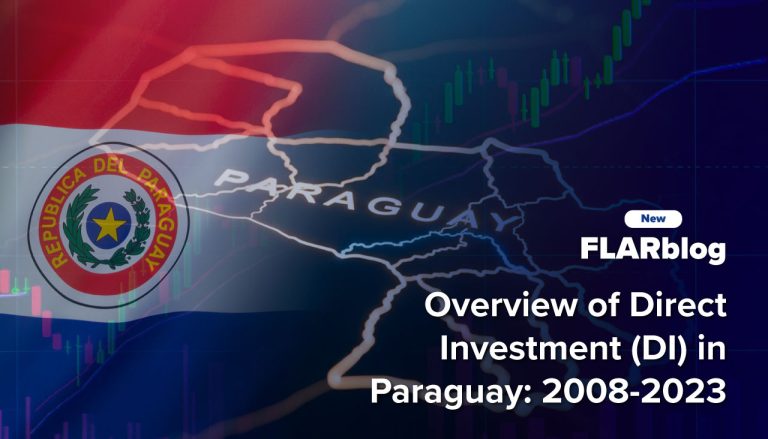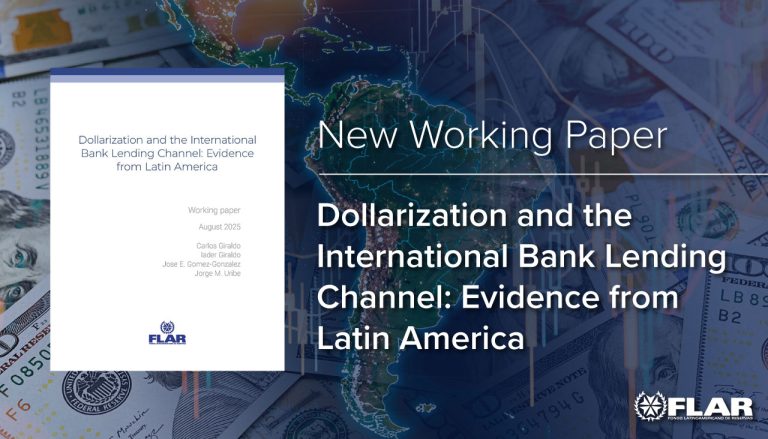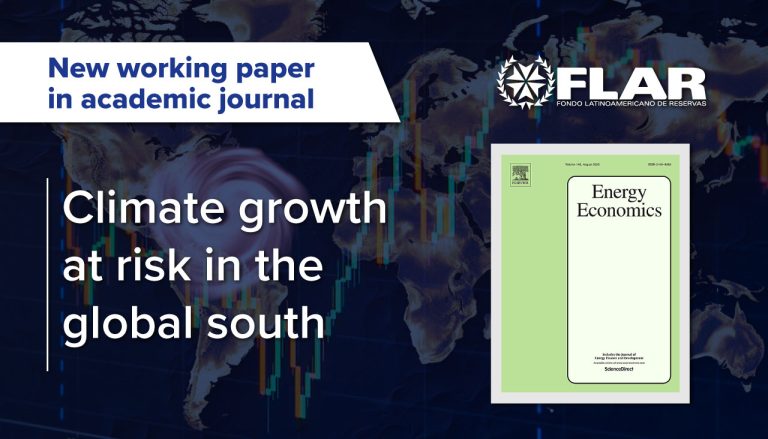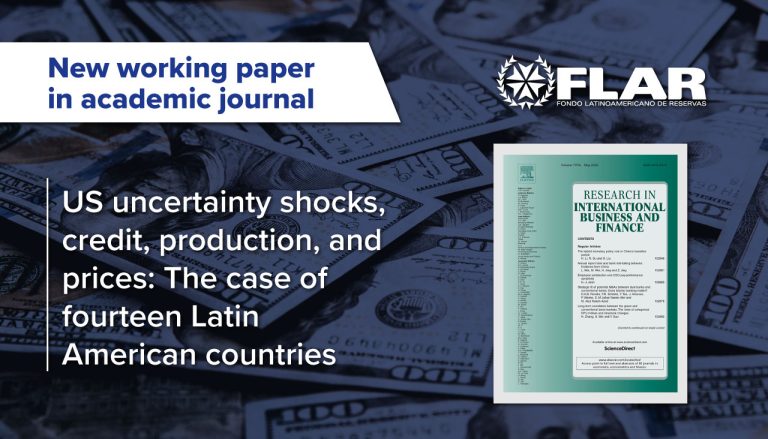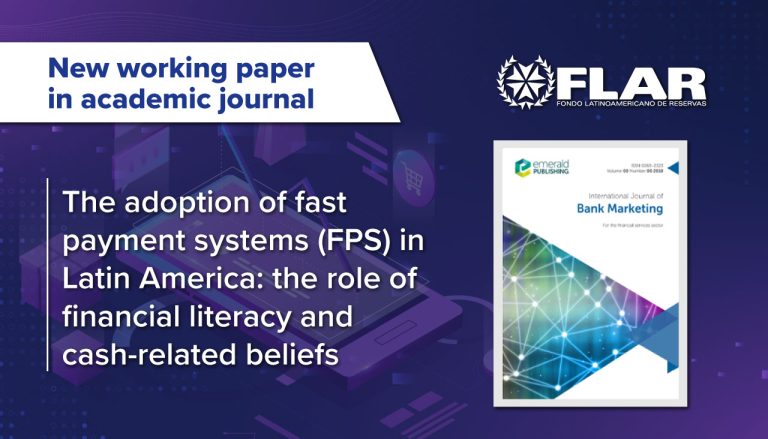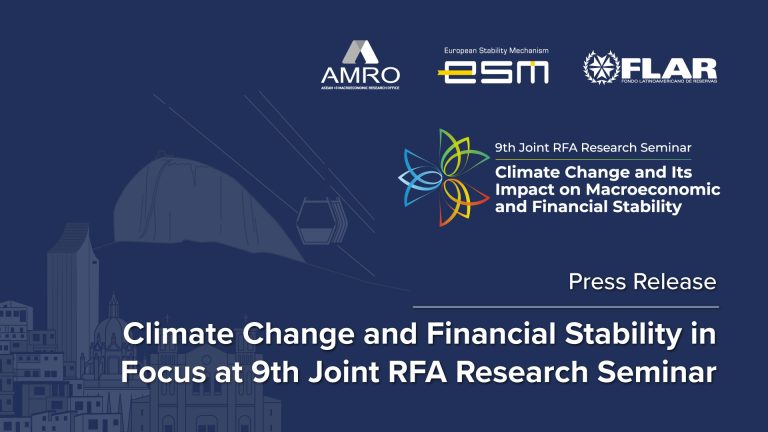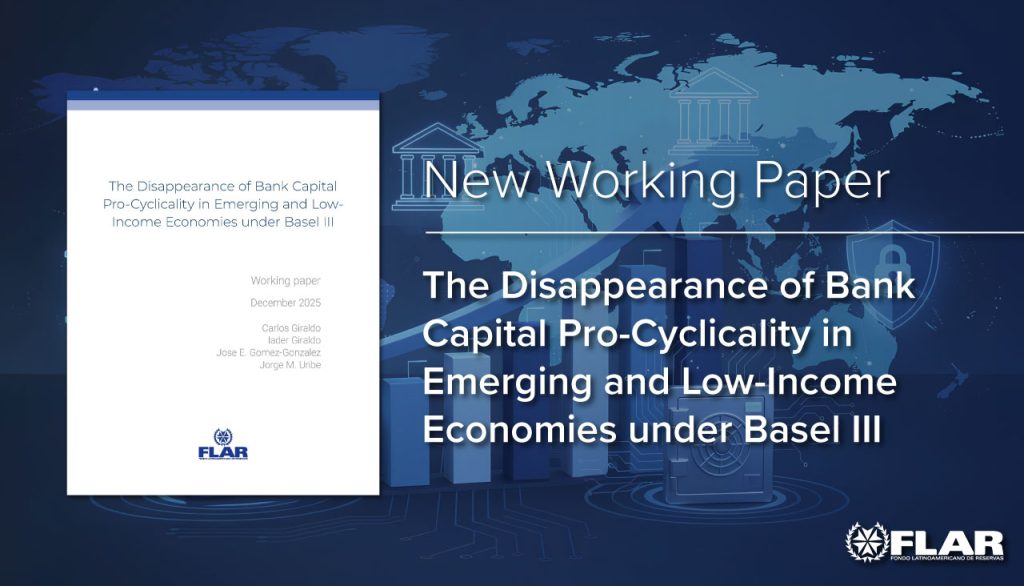
New Working Paper | The Disappearance of Bank Capital Pro-Cyclicality in Emerging and Low-Income Economies under Basel III
The study shows that although bank capital ratios in emerging economies were procyclical before 2014, over the past decade they have become less cyclical or even countercyclical. Banks with larger capital buffers respond better during downturns, and regions such as Latin America, developing Asia, and the Middle East show the greatest improvements, reflecting the growing influence of macroprudential regulation.

